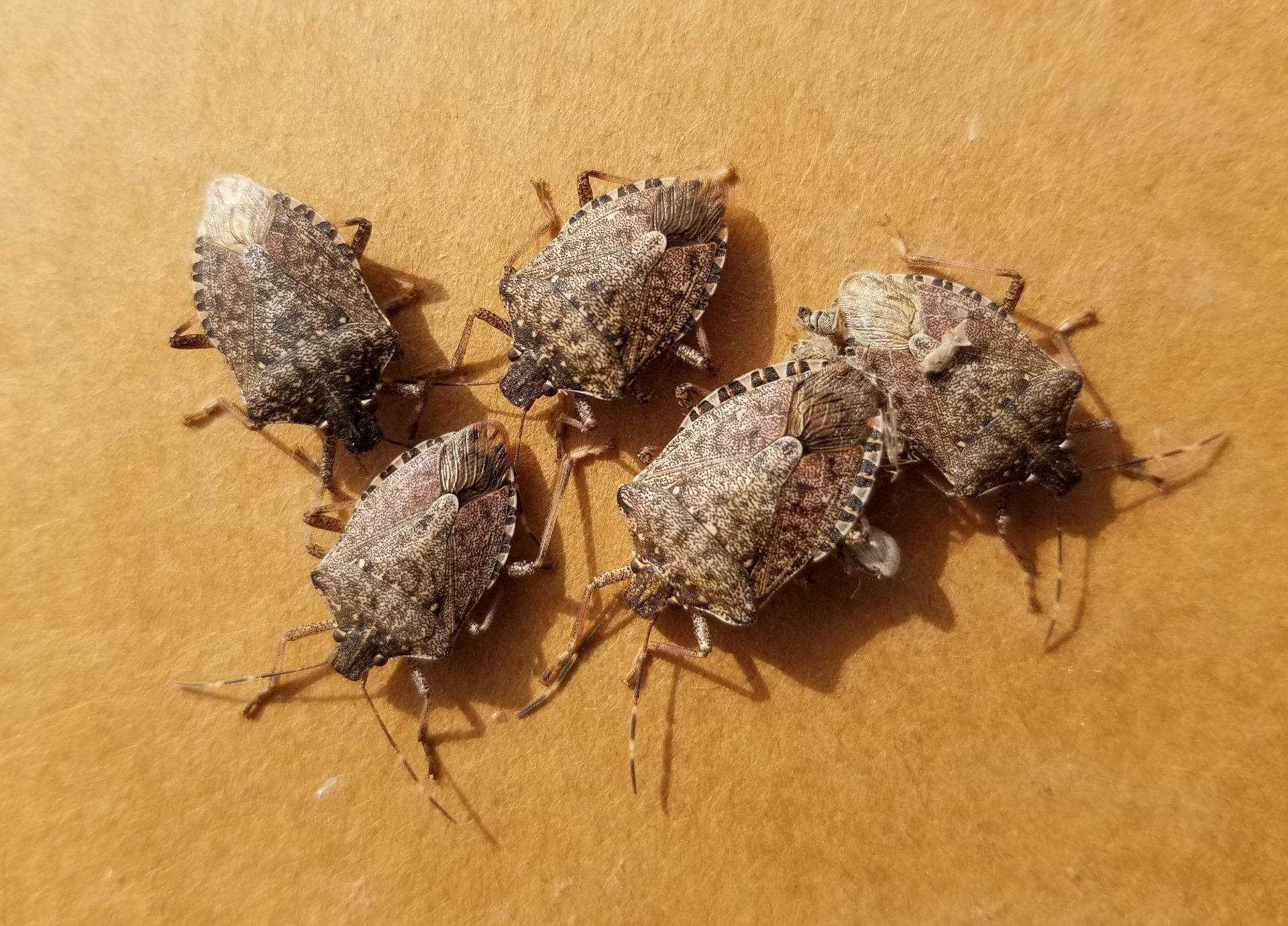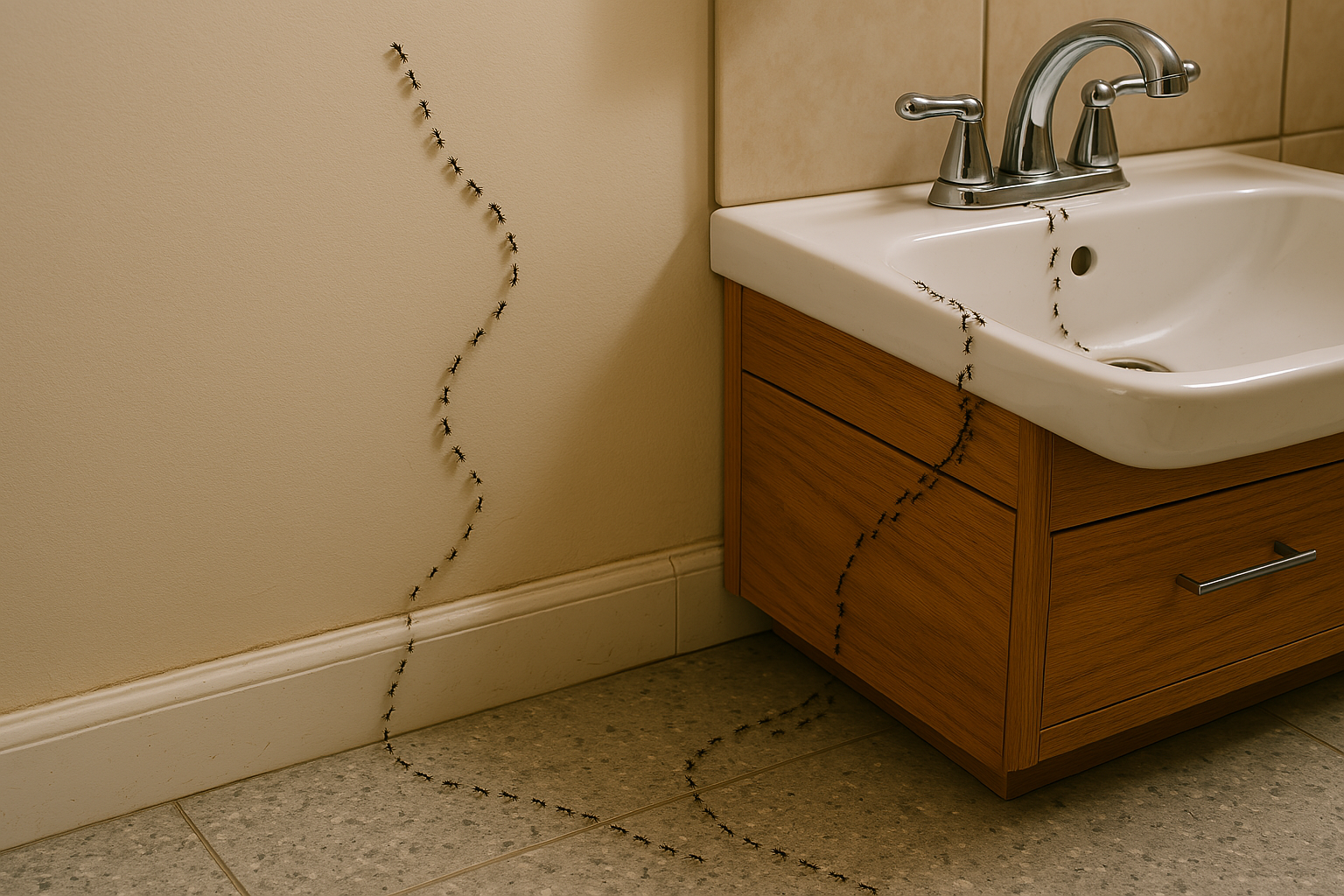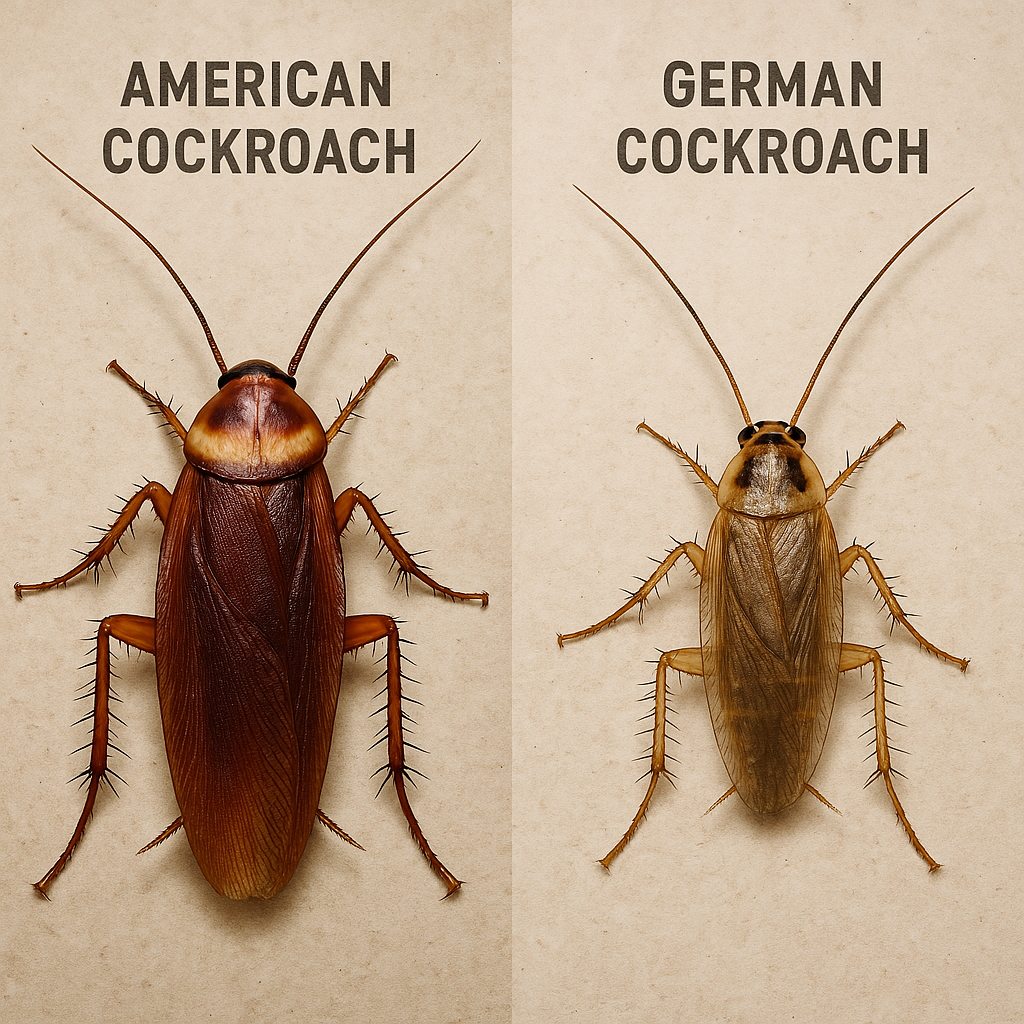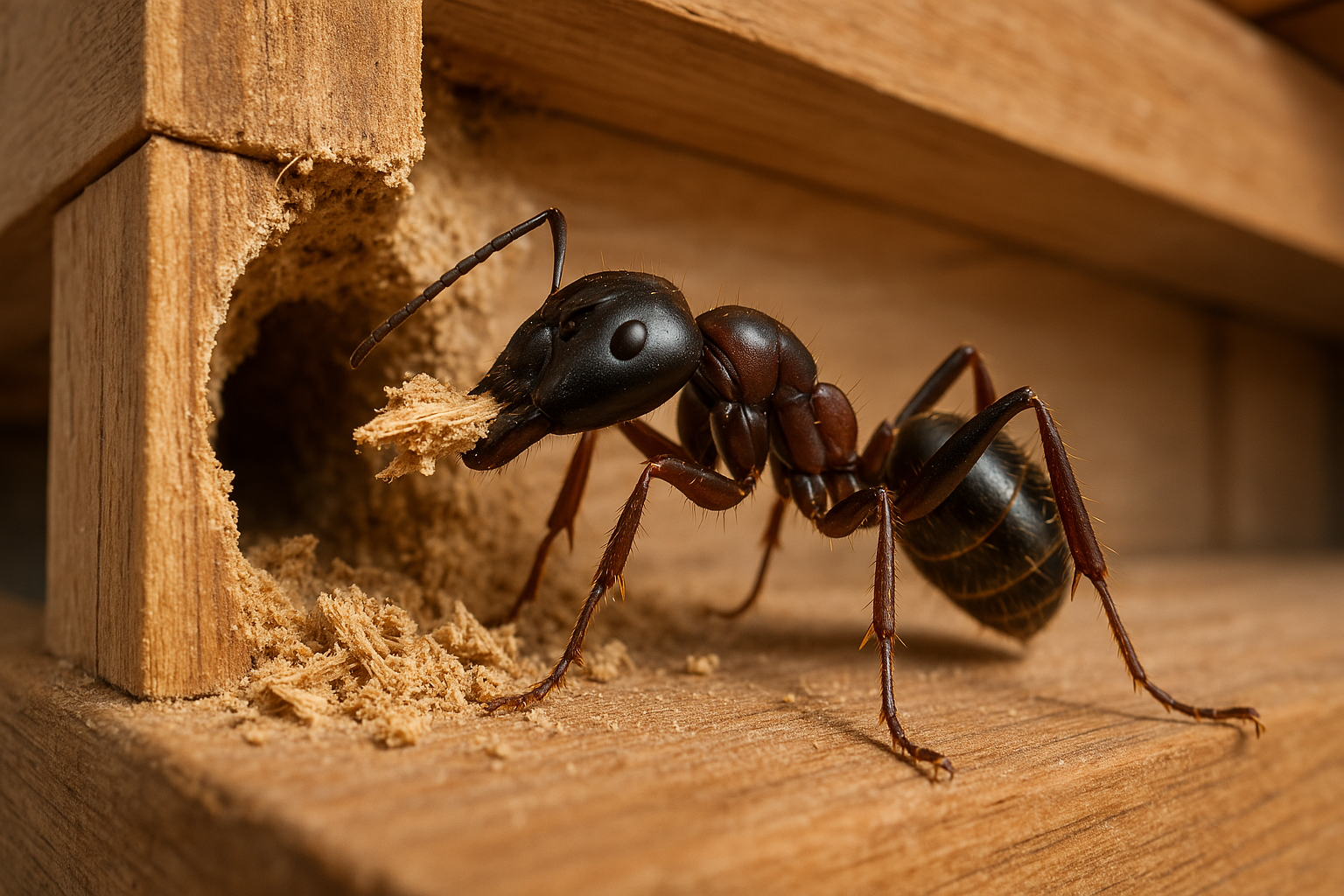How to Get Rid of Stink Bugs

Stink bugs are a noticeable nuisance pest that can invade your home in large numbers and fill it with the unpleasant odor that they’re so well-known for. If a single stink bug finds their way inside your home, they will leave a pheromone trail for other stink bugs to follow. This can cause a large infestation of stink bugs in a short period of time.
Thankfully, there are many effective ways to get rid of stink bugs, and prevent them from infesting your home in the first place.
What Are Stink Bugs?
Stink bugs are probably the most aptly named insects and are a major crop pest in the United States. They’re native to Asia, but they were accidentally introduced to the United States in the 1990s and have annoyed property owners with their odor and the damage they cause to crops, gardens, and orchards ever since.
In America, stink bug infestations mostly involve the brown marmorated stink bug, named for the marbled pattern on its back. They devour fruits and vegetable around your property and may even seek shelter inside your home during the winter.
Thankfully, stink bugs do not bite, sting, or spread diseases to humans, but they can devastate your plants and invade your home in large numbers — making quite a stink.
Why Are Stink Bugs Inside Your Home?
Some stink bugs species prefer to pass the winter outdoors but brown marmorated stink bugs, on the other hand, prefer to seek shelter inside if they can find access into a home. Brown marmorated stink bugs will typically start to seek shelter inside when temperatures drop and they start a phase called diapause. This diapause phase is similar to hibernation as stink bugs will lay dormant over winter while food resources are low.
Once a stink bug has entered your home, they will start to release an aggregation pheromone that draws other stink bugs to their location. The reason behind this isn’t clear but it is assumed that large gatherings of stink bugs increase the likelihood of successfully mating once spring arrives.
That being said, stink bugs won’t reproduce or lay eggs inside your home. During the diapause phase, they do little else besides bundling up beside other stink bugs. They can still move around, but they’re slow and awkward because they have little energy.
Once the temperature begins to warm up (or if there’s a winter warm spell), the stink bugs will come out of their hiding place, and you’ll start spotting them around your home as they look for ways to go back outside. During this time is when mating starts, but stink bugs prefer to lay their eggs on the underside of leaves so they will wait to be outdoors before breeding.
What Attracts Stink Bugs?
Most likely, stink bugs are attracted to your home because it can provide them with warmth and shelter during the winter.
However, they might also be drawn to your home by:
- Ornamental plants
- Fruits and vegetables (and little scraps of produce that are lying around)
- Nuts
- Lights around your property
Stink bugs are also attracted to the aggregation pheromones released by other stink bugs. If a single stink bug has found a good place to shelter inside your home, it’ll release a smell that will attract other stink bugs.
Best Ways to Get Rid of Stink Bugs
How do you get rid of stink bugs when you start finding them in your home? Here are a few methods you can use to remove them.
Use Neem Oil
Neem oil is a natural, plant-based insecticide that comes from the neem plant, and it can be used to repel stink bugs. To use neem oil:
- Combine 32 ounces of water with 2 teaspoons neem oil
- Spray the mixture along points of entry, like windowsills, door frames, and gaps in your siding
Neem oil can also be sprayed onto outdoor plants and used as a general garden insect repellent. It is generally safe but can be toxic if ingested in large amounts. It’s a little safer when mixed with water, but you should still use precautions if you have children or pets in your home.
It is important to note that neem oil is not harmful to helpful insects, like bees and butterflies.
Spread Diatomaceous Earth
Diatomaceous earth is a dust that can act as a natural pest killer that’s made from the fossilized remains of tiny organisms called diatoms. This super fine powder can be spread around stink bug entry points, like windowsills, doorways, gaps in your baseboards, and around the foundation of a home. Diatomaceous earth breaks down the stink bug’s exoskeleton, causing them to die of dehydration as their bodies are no longer able to retain water.
Use Pesticides
If natural pesticides aren’t keeping the stink bugs out, you might need to use chemical pesticides. Most spray pesticides use a chemical called deltamethrin, which is effective against stink bugs. Like natural pesticides, spray the chemical pesticides on each of the areas in your home where stink bugs can enter and anywhere there is signs of stink bug activity.
Use Soapy Water
A stink bug’s instinct when threatened is to drop straight downward towards the ground where they will normally be camouflaged against dirt in their natural outdoor habitat. You can take advantage of this with a little preparation!
Fill a large jar or bucket with a mix of dish soap and water and place it beneath a stink bug. The stink bug will probably drop straight down into the bucket of water when you approach it, or else you can knock it down or disturb it by waving your hand or spraying it with water.
Cover the jar or bucket and the stink bug will drown. This is a great way to remove stink bugs without causing that stink that’s emitted when you crush them.
Use Sticky Traps
You can create a makeshift bug catcher by placing a lint remover sheet on top of a dry mophead. Trap the stink bug on the sticky sheet and place it outdoors or in a bucket of soapy water. This is a good way to catch stink bugs that are climbing high up on your walls and enables you to remove them without crushing them and causing a stink.
There are also a variety of other bug traps you can buy at your local home goods store, but they might not be effective if you’re dealing with a large stink bug infestation.
Enlist Professional Pest Control
If a stink bug infestation has gotten out of control and all other extermination attempts have failed, it is best to hire professionals like the team of pest control experts at EcoGuard Pest Management. They will be able to utilize an integrated pest management strategy to ensure that stink bugs are terminated and are not able to return.
Best Ways to Prevent Stink Bugs
Here are the best ways to prevent stink bugs from invading your home during the winter. It’s best to make these preparations in the late Fall, just as the temperatures are beginning to drop.
Seal Off Access Points
The best way to control stink bugs is to seal off access points around your home where they can crawl inside. Walk around the outside of your home and inspect for gaps and openings. Check:
- Siding
- Porch
- Chimney
- Wall spaces behind your plants / garden
- Pipes
- Brick mortar
- Roof overhang
You can seal gaps using caulk or silicone.
Repair or Replace Torn Screens
Stink bugs can easily slip through small tears in your screens. Inspect screen doors and window screens for tears and replace any screens that are damaged.
Don’t forget to check any weather stripping that you’ve applied to stop air leaks. Stink bugs can slip through tears in the water stripping, too.
Turn Off Lights
Stink bugs are attracted to bright lights, so in the evenings you should turn off lights around your property when you’re not using them. Shut off your porch lights and use curtains or window blinds to mute the light that’s coming from your indoor spaces.
Reduce Moisture
Stink bugs might be attracted to your home if there’s excessive moisture. Check your home for clogged drains and leaking pipes. You should also have your air conditioner inspected because malfunctioning AC units may also be causing leaks or failing to dehumidify a house.
If you live in a very humid place, you might consider putting a dehumidifier in your home to remove the moisture. Remember that stink bugs prefer higher floors in your home, especially the attic, so these might be good areas to place a dehumidifier.
Ventilate
You can also remove moisture in your home be ventilating your interior spaces. Open up doors and windows (where you have screens in place) to allow fresh air to flow through your home. This is a great way to eliminate moisture and fill your home with cool air that’s less comfortable for stink bugs.
Eliminate Food Sources
Stink bugs feed on plants, fruits, and vegetables, so don’t leave produce sitting out where stink bugs can get to them. Store your produce in containers or your refrigerator and clean your living space frequently so there aren’t any scraps lying around for stink bugs to eat. You should also dispose of your trash in sealed containers that stink bugs can’t crawl into.
Check Belongings
Do you store boxes in your attic or rafters? Stink bugs might crawl into these for shelter. Check your storage containers for stink bugs before you bring them into your home.
For that matter, you should get in the habit of checking all your belongings for stink bugs and other potential pests, so you won’t accidentally carry them into your home. Stink bugs can hitch rides in grocery bags, backpacks, purses, and anything else you carry outdoors with you.
Maintain Landscaping
Stink bugs can crawl onto your home using long branches or plants. Get rid of these types of pathways by keeping your foliage well-trimmed and as far back from your home as possible.
Stink bugs also like to congregate near firewood. Store your firewood at least 5 inches off the ground to make it harder for stink bugs to gather there.
Vacuum
A vacuum is the easiest way to remove a stink bug that’s found its way into your home. Suck up the stink bug with a vacuum and immediately dispose of the vacuum bag in a sealed receptacle. The best thing about using the vacuum method to get rid of stink bugs is that you can avoid creating that nasty stink that occurs when you squash them.
Contact EcoGuard Pest Management if You Are Dealing with Stink Bugs
The methods listed above are effective in preventing and getting rid of stink bugs, but only when you’re dealing with a small number of them. Large-scale stink bug infestations are much more difficult to manage. You might be dealing with hundreds if not thousands of stink bugs invading your home.
Contact EcoGuard Pest Management if you’re dealing with a severe stink bug infestation. We know how to get rid of stink bugs in your home using the safest and most efficient stink bug control methods. Our licensed pest control experts can also help you prevent infestations from happening again.

















